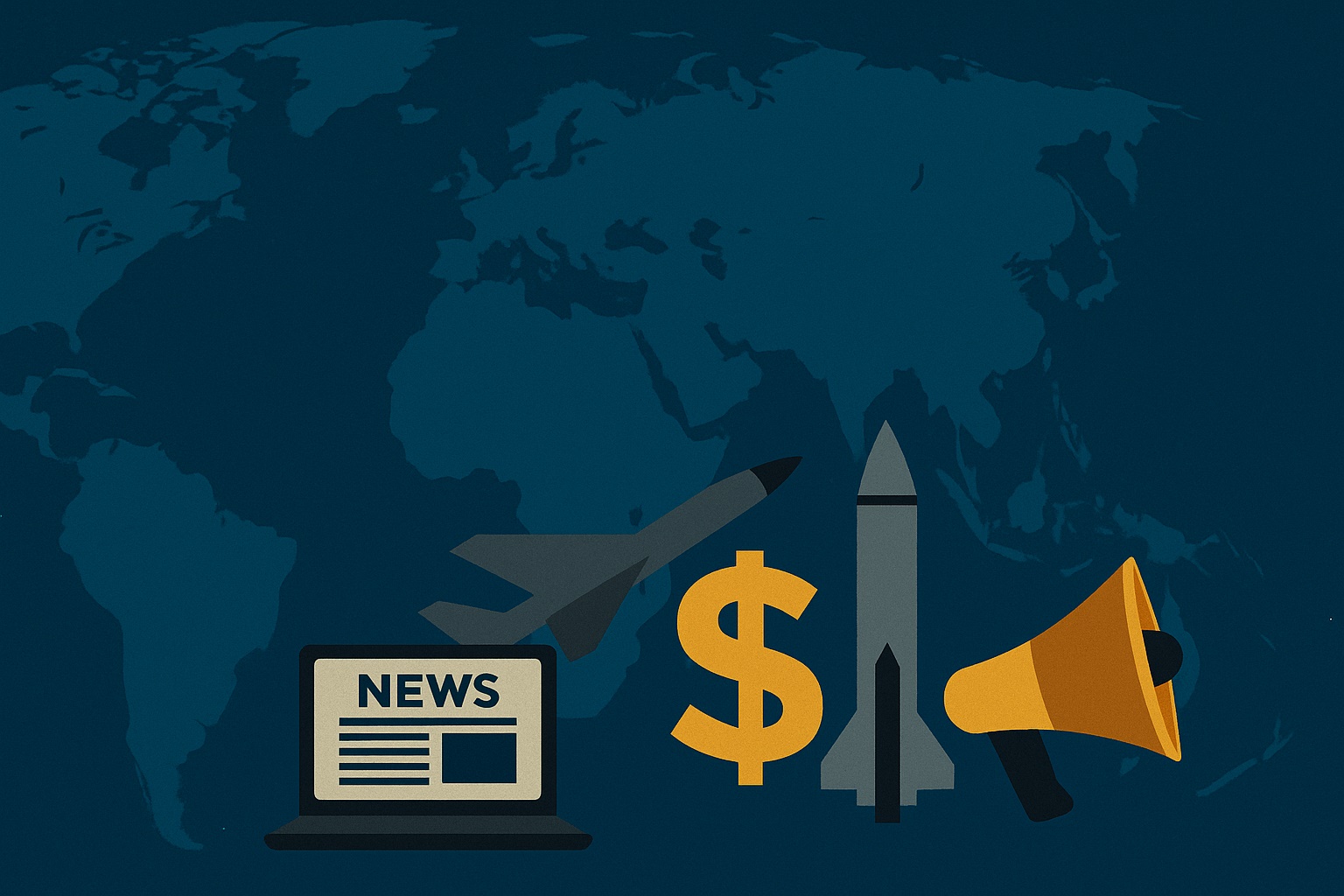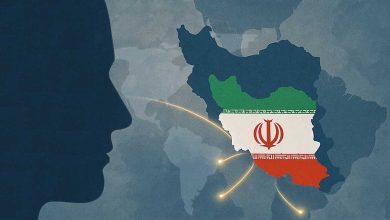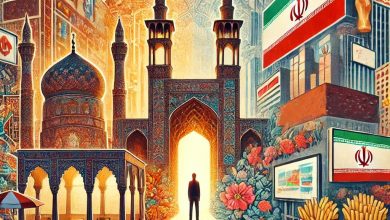Iran and Hybrid Warfare

In the twenty-first century, the concept of war has undergone a profound transformation. Classical patterns, centered on direct clashes between armies and conventional weaponry, have gradually given way to more complex, multilayered, and nonlinear forms of conflict. Within this context, the term “hybrid warfare” has emerged as an analytical framework for understanding these new dynamics in international security. Hybrid warfare combines both hard and soft instruments of power, blurring the lines between peace and war, security and threat, and even between military and political action. In such an environment, actors that are able to adapt to this multidimensional landscape can exert influence disproportionate to their material weight in the international system. Iran, situated at the geopolitical crossroads of the Middle East, the Persian Gulf, Central Asia, and the Caucasus, represents a clear example of such an actor.
The Dimensions of Hybrid Warfare
Hybrid warfare incorporates a wide range of instruments and domains of power projection:
-
Conventional military forces (armies, traditional weaponry)
-
Asymmetric tools (guerrilla tactics, proxy groups)
-
Cyber and information warfare
-
Economic and sanctions-based instruments
-
Psychological and media operations
-
Active diplomacy and international networking
The key feature of this type of warfare is that it erases the boundary between peace and war, advancing not through direct battles but through gradual, layered, and combined strategies.
Iran’s Strategic Adaptation
Following the eight-year war with Iraq, Iran recognized that reliance solely on conventional military forces and classical warfare could not guarantee long-term security. This realization pushed Iran’s security doctrine in the following decades toward a multidimensional approach. The development of ballistic missiles and drones was part of this effort, aiming to close the gap with regional and extra-regional rivals while ensuring deterrence against external threats. In parallel, Iran pursued a policy of creating “strategic depth” by projecting influence into crisis zones such as Syria and Iraq, thereby managing potential threats beyond its borders.
At another level, Iran has extensively employed proxy forces and non-state networks. Hezbollah in Lebanon, Hashd al-Shaabi in Iraq, and Ansar Allah in Yemen are among the actors that serve as both political allies and military arms of Iran in regional dynamics. These networks have allowed Iran to shape security equations and apply pressure on its main rivals—Israel, Saudi Arabia, and the United States—without direct involvement in conventional wars.
Cyber, Media, and Economic Dimensions
Another important arena of hybrid warfare for Iran is cyberspace. In recent years, Iran has demonstrated significant capabilities in both offensive cyber operations and cyber defense. This dimension provides Iran with tools for pressure, deterrence, and even altering balances of power in situations where conventional battlefields are more restrictive.
Simultaneously, the media and the battle of narratives have become central to hybrid conflict. Iran’s domestic and transnational media networks attempt to project particular narratives of regional and international developments, while Iran itself remains the target of extensive media and psychological operations led by Western powers and their regional allies.
Hybrid warfare also manifests in the economic sphere. The comprehensive sanctions imposed on Iran over recent decades have turned the economic dimension of hybrid conflict into a daily reality. In response, Iran has promoted policies of “resistance economy” aimed at domestic production and reducing dependency on the West. Moreover, Tehran has strengthened ties with Eastern powers such as China and Russia, and by joining organizations like the Shanghai Cooperation Organization (SCO) and BRICS, has sought to mitigate the impact of Western sanctions. In this sense, Iran’s diplomacy itself functions within the logic of hybrid warfare, as coalition-building and diversification of foreign relations are integral to its national security toolkit.
Iran as a Hybrid Actor
Given these dimensions, Iran’s role in twenty-first-century security dynamics is multilayered and complex. While not a global power comparable to the United States or China, Iran has leveraged the hybrid model to project influence well beyond its borders. It has positioned itself as a symbol of resistance to Western hegemony, presenting a model of a state that, by combining hard and soft power, has not only survived comprehensive pressures but also expanded its regional reach. This has made Iran an indispensable player in Middle Eastern affairs and, to some extent, in broader global calculations.
Nevertheless, this path is not without challenges. Long-term sanctions continue to weigh heavily on Iran’s economy, while managing proxy networks brings unpredictable risks and complexities. Cyber threats and Israeli–U.S. attacks on critical infrastructure also highlight the constant, multidimensional pressures Iran faces. Still, Iran’s adaptability, strategic flexibility, and simultaneous use of diverse instruments have secured for it a unique position in the geopolitical competitions of Eurasia and the Middle East.
Conclusion
In short, Iran in the twenty-first century is no longer merely a traditional regional power but has evolved into a multifaceted hybrid actor. It competes and cooperates simultaneously across military, cyber, economic, and media domains, capitalizing on shifting global balances to pursue its interests. Thus, any analysis of Iran’s place in contemporary security dynamics that neglects the logic and complexities of hybrid warfare would yield an incomplete and distorted picture.






